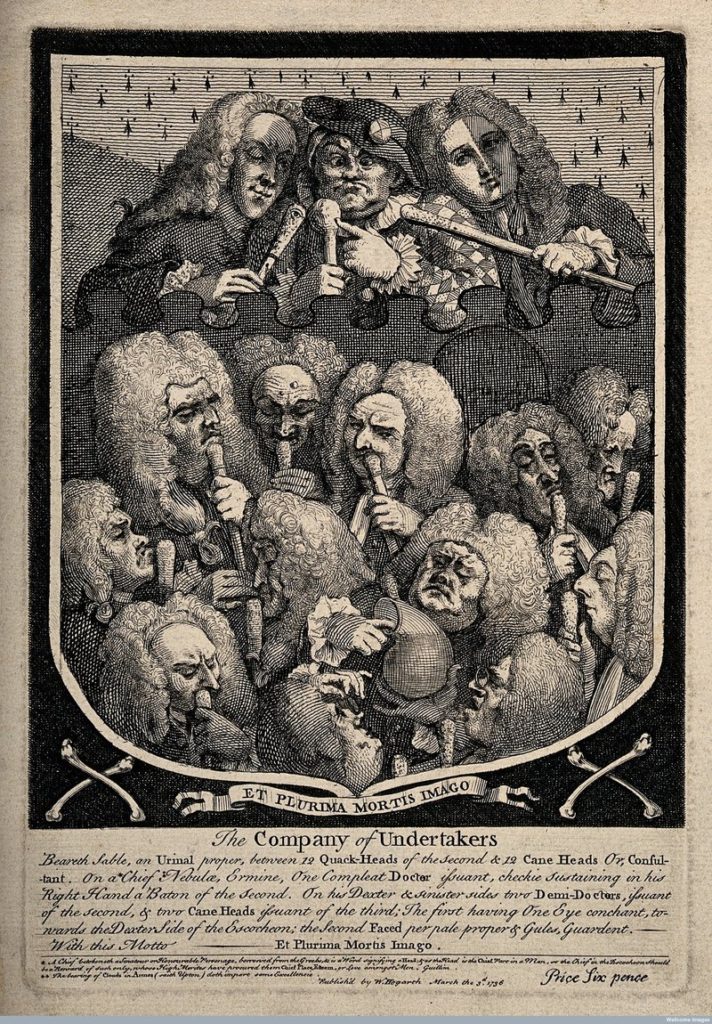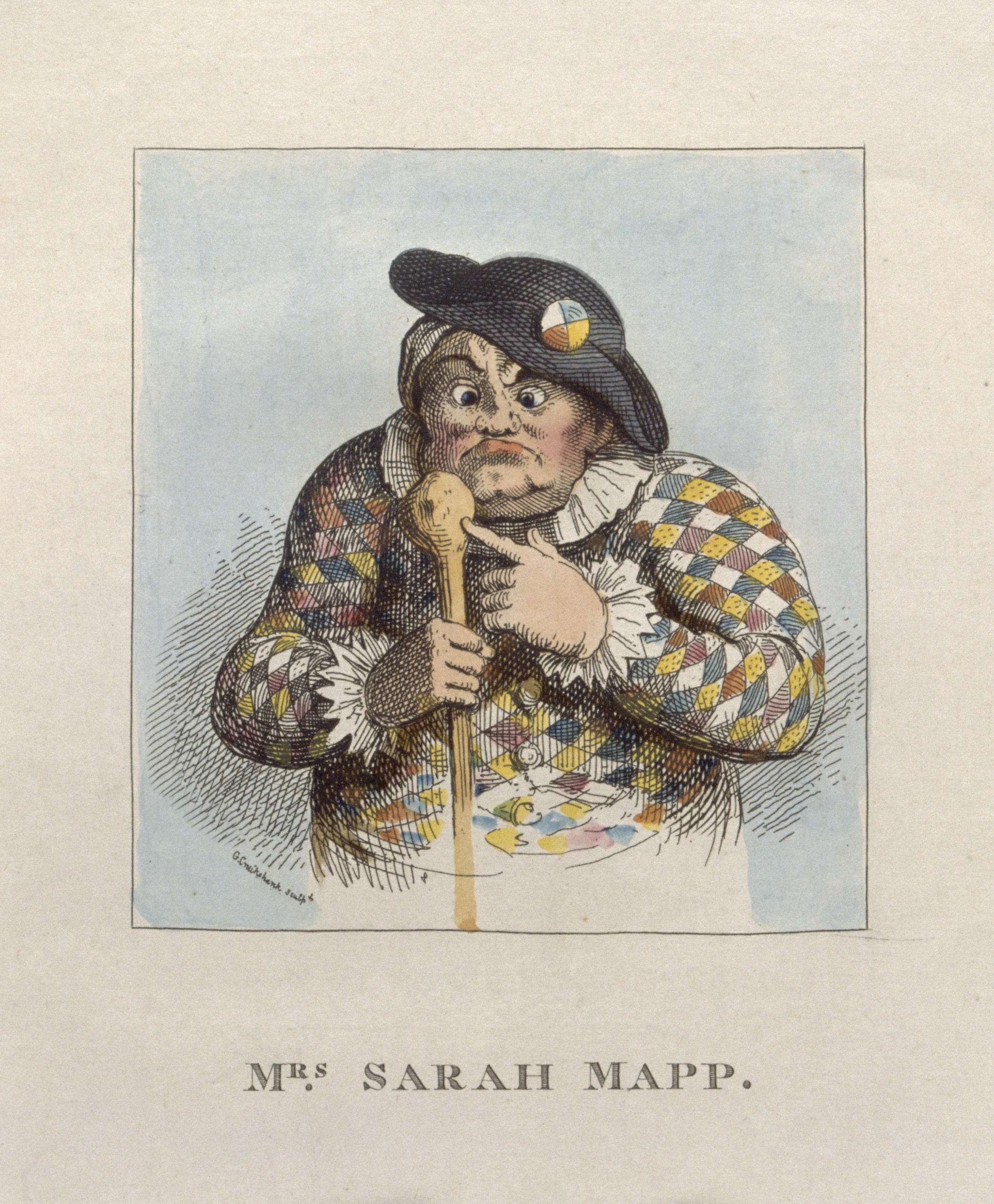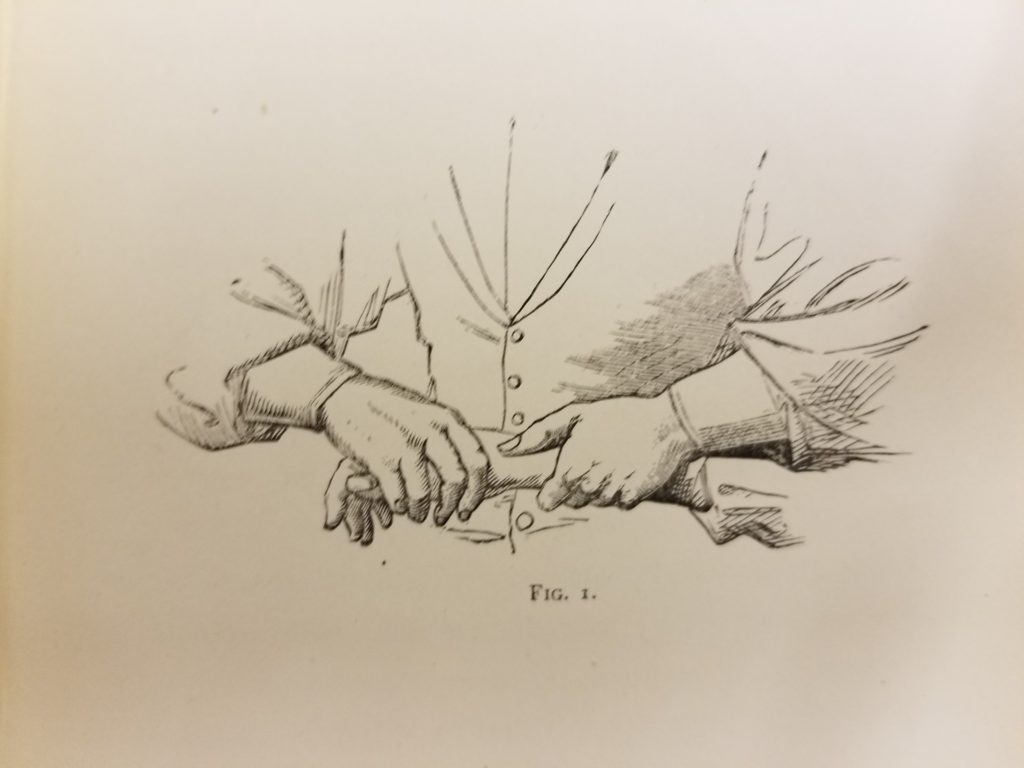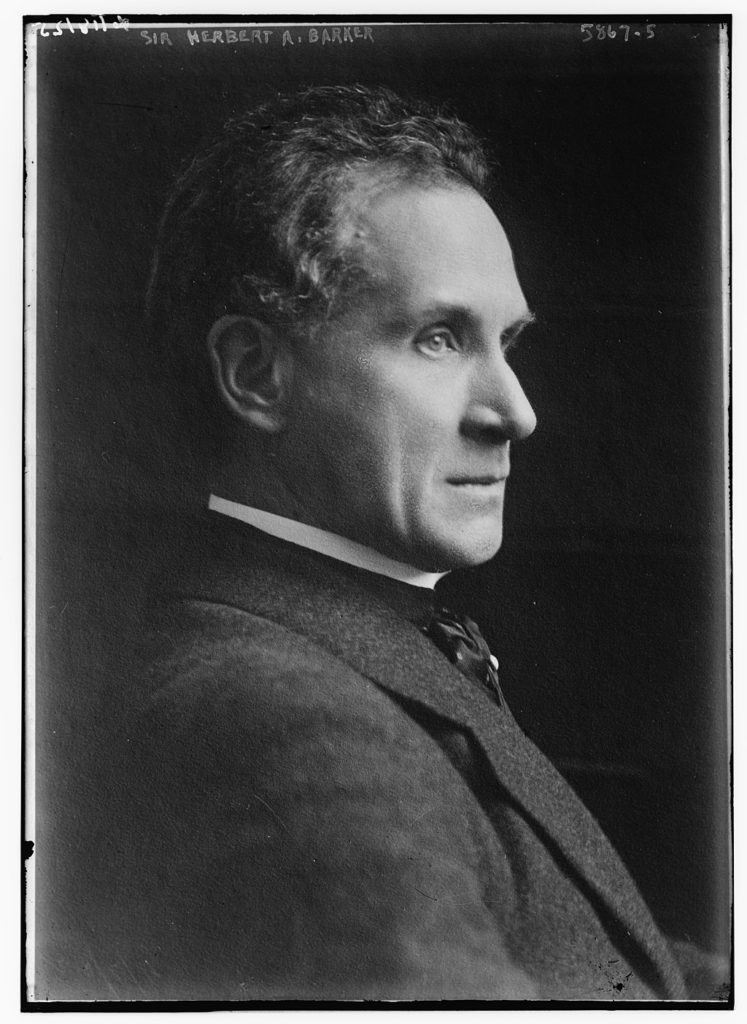Understanding the complex history of the manipulation in the physiotherapy profession requires a recognition of the role of traditional lay healers such as bonesetters have played. Here is a sampling which to some may be quite interesting:
During the 18-19thcentury there was a considerable growth in the middle-class as industrialization created a relative increase in wealth and drew many individuals from rural areas into the big cities. With this came an expectation that the rural medical care of the day would also be available, but this was often care provided by non-scientifically trained individuals (which is not to demand them) with names such as bone setters or rubbers.
Some of them were very famous such as Sally Mapp the bone setter of Epsom (featured image).
Sally Mapp had a very strong and almost fervent following in Epsom; but was derided by the local scientific community. By 1736 the community of Epsom were offering her 100 guineas a year (around 10000 USD today) to stay and provide her bone setting services. It is presumed a lot of individuals were falling from horses and suffering sprains and strains which needed hands on skill to resolve. Her skillset was passed down to her form her father John Wallin, a bone setter.
Unfortunately, reportedly a combination of resentment, an acerbic nature and drunkenness led to a destitute state within two years. The resentment of the time can be seen in a publicly produced poster matching “Crazy” Sally with the company of undertakers.

V0010890 A shield containing a group portrait of various doctors and
Credit: Wellcome Library, London. Wellcome Images
images@wellcome.ac.uk
http://wellcomeimages.org
A shield containing a group portrait of various doctors and quacks, including Mrs Mapp, Dr. Joshua Ward and John Taylor. Etching by W. Hogarth, 1736, after himself.
1736 By: William HogarthPublished: 3 March 1736
Copyrighted work available under Creative Commons Attribution only licence CC BY 4.0 http://creativecommons.org/licenses/by/4.0/
With the 1800’s though there came to be sustained success for bonesetters in managing sprains, strains and luxated joints. Early orthopedist’s such as Hugh Owen Thomas1were the children of long-term successful bone setters, and applied the skill set of these crafts into the development of their own practices. This though tended to place them outside of the bounds of “modern medicine” and physicians frequently rebuked their trade; or sought to acquire the skills for themselves.
A classic example is that of Sir James Paget (Paget’s disease discoverer), who sought to acquire the skills of lay healers such as bone setters and rubbers and draw their prowess under the control of medical care at the time. His clinical lecture and publication (1867), On the cases that bone-setters heal2, was a treatise recognizing the great benefit from manual manipulation as a means to healing sprains, strains and at times setting fractures, but a call to bring the body of knowledge under the control of physicians. It was reprinted again in 1874 and 1900.
With the growing call for hands on care in London, Liverpool, Paris, Berlin and other major centers, bone setters grew in rapid popularity through to the 1870’s but then started to be replaced by mechanotherapists in Northern Europe (early physiotherapists such as Jonas Kellgren3) and Osteopaths and Chiropractors in the United States.
There is significant overlap in the history of the 19thcentury and early 20thcentury works of bone-setters and the development of manual therapy within hands on professions including physiotherapy. Jonas Kellgren was a graduate of the earliest formal physiotherapy/gymnastic school, the RCIG in Sweden, founded by P H Ling, and Directed by Gabriel Branting4at the time of Kellgren’s training. Edgar Cyriax, the father of James Cyriax, also trained and completed his PhD there5,6.
The hands-on techniques of bone setters and the mechanotherapy practitioners still hold similarities to the techniques we use today, and images from then remind us of this.
The skill set of some bone setters was sufficient to receive a Knighthood, such as Sir Herbert Baker, a renowned bone setter in London in the earliest 20thcentury who was knighted for services to the crown in 1922, but barred from medical practice for decades due to ongoing challenges with the British Medical Society.
The complexities of the history of bonesetters and the professionalization of their tradecraft into elements of modern medicine requires ongoing inquiry, but for those of us today who utilize our hands to address joint and tissue impairments they have a significant place in our professional history.
References
- Cope R. Hugh Owen Thomas: bone-setter and pioneer orthopaedist. Hosp Dis. 1994;54(154-60). Accessed January 1, 12AD. http://web.b.ebscohost.com.dml.regis.edu/ehost/command/detail?vid=160&sid=a23fc903-e695-46a3-b40b-96aa76026370%40sessionmgr101&bdata=JnNpdGU9ZWhvc3QtbGl2ZSZzY29wZT1zaXRl#AN=8541785&db=cmedm
- Paget J. Clinical Lecture on Cases that Bone-Setters Cure. Br Med J. 1867;1(314):1-4.
- Kellgren A. New Movements in the Manual Treatment. [publisher not identified],; 1894. Accessed January 1, 1AD. https://search.wellcomelibrary.org/iii/encore/record/C__Rb1027082__Skellgren__P3__Orightresult__U?lang=eng&suite=cobalt
- Cyriax EF. Concerning the early literature on Ling’s medical gymnastics. :9.
- Cyriax EF, Kellgren-Cyriax A. Manual treatment of the abdominal sympathetic: the invention of the Swedish school of mechanotherapy, not of the osteopaths. Collect Pap Mechano- Ther.
- Cyriax EF. Henrik Kellgren and His Methods of Manual Treatment. John Bale, Sons & Danielsson,; 1908. Accessed January 1, 1AD. https://search.wellcomelibrary.org/iii/encore/record/C__Rb1269548__Skellgren__P3__Orightresult__U?lang=eng&suite=cobalt
- Hood WP. On Bone-Setting, so Called, and Its Relation to the Treatment of Joints Crippled by Injury, Rheumatism, Inflammation.Macmillan; 1871.
- Bishop M. Should Doctors be the Judges of Medical Orthodoxy? The Barker case of 1920. J R Soc Med. 2002;95(1):41-45. doi:10.1177/014107680209500115




So interesting, thanks Cameron. Bone setting has a long history in the Arab world and interesting intersections with European medical education.
https://muslimheritage.com/bone-fractures-in-ibn-sinas-medicine/
My friends in Dubai remember people visiting the bone setter in the marketplace in the 70s before the establishment of modern health services